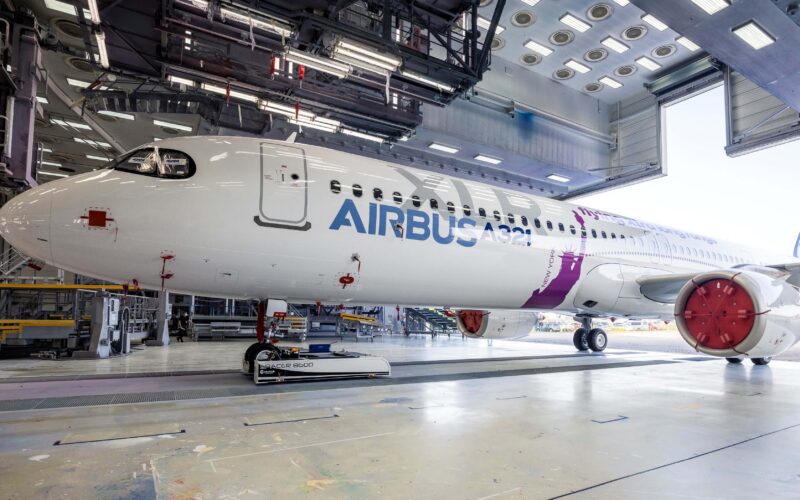Airbus will likely delay the A321XLR aircraft’s entry into service until 2024, industry sources told Reuters on May 4, 2022.
The European Union Aviation Safety Agency is currently in talks with Airbus about changes in a lower-fuselage design, as it could pose potential fire risks, according to the report. The European plane maker may also need to change the A321XLR’s underbelly fairings, the report suggested. This work could take between six to nine months.
In May 2021, the European regulator received a submission from Boeing claiming that integrally located fuel tanks on the Airbus A321XLR pose a fire hazard.
“Fuel tanks integral to the airframe structure inherently provide less redundancy than structurally separate fuel tanks. The location of such an integral fuel tank immediately aft of the main landing gear presents the most extensive range of threats to be considered,” Boeing claimed.
While many commercial jets, including those produced by Boeing, feature centrally located fuel tanks situated between the wings, the Airbus A321XLR, which is designed to have the longest-range of any single-aisle aircraft, has two additional sets of tanks in its cargo hold.
The news comes just days after Airbus rolled out the new A321XLR aircraft from the paint shop.
The Airbus A321XLR is a variant of the A321LR, modified for an even longer range. According to Airbus, the new aircraft will be able to cover 4,700 nautical miles (over 8,700 kilometers), versus 4,000 nautical miles (7,400 kilometers) for the A321LR. The aircraft is configured to accommodate a maximum of 244 passengers.
The airplane was launched in 2019 and has accumulated more than 450 orders in the first year alone. When completed, it is poised to become the longest-range narrow-body aircraft and will provide airlines with the capability to use it on intercontinental journeys.
Airbus initially aimed to conduct the XLR’s maiden flight in 2022 and begin mass production of the aircraft in late 2023.

